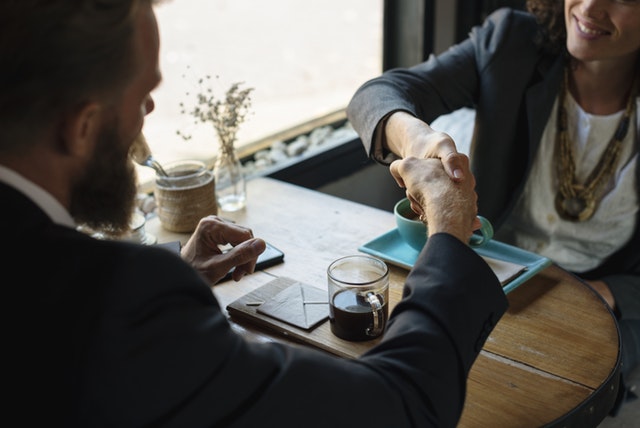The quality of your customer relationships can determine the long-term success of your business. The key is good communication. The more effectively you communicate with your clients, the better your long-term relationships will be.
An effective communication strategy starts with the sales process and is part of every aspect of the services that you provide. To get started, use these five key components to develop an effective long-term communication strategy.
1. Select The Right Customers
As an MSP, you want to select your customers as much as they select you. This needs to start as early as the sales process.
When you engage with a potential customer, ask yourself:
- Does this customer have success potential?
- Will the unique services I provide have a positive impact on this customer?
- Are the customer’s expectations aligned with what my MSP can provide?
If the answers to any of these questions is “no,” consider whether it makes sense to take on the customer. Otherwise, you run the risk of taking on a customer who will be a drain on your time and resources. Even worse, you run the risk of having a customer who will be dissatisfied with your services and can damage your reputation.
Remember, one ideal customer is worth three unaligned customers.
2. Set Expectations Early
Once you’ve determined that a customer is a good fit for your business, it’s critical that you work with them to set expectations from the beginning of the sales process.
For example, what are your customer’s expectations regarding time to value? Do they expect you to transform their business in one month? Six months? Make sure you and your customer are in alignment with what to expect and how soon they can expect to see results.
Aligning your sales pitch and service delivery will help ensure that your relationship with your customer has a solid foundation from the start.
3. Set Communication Levels
You’ve signed the contract on a Tuesday. Now it’s Wednesday and your customer needs to contact you to get support. Would they know how to reach you?
If you want your customers to communicate with you effectively and efficiently, you need to show them how. Create a standard set of processes for communication to maintain efficiency and cultivate good long-term relationships.
Also, while you always want to say yes to your customers, make sure that your customer’s expectations are in alignment with your support methodology.
Once you have these processes in place, you can use them with all of your customers.
4. Communicate Strategically
You shouldn’t talk to your customers only when they have problems. Instead, set up regular meetings to review your customer’s current IT management situation and identify areas for improvement. Use these meetings to ensure you and your customer can make adjustments as their business plans evolve over time.
This is also the time to talk about adding more managed services.Your customer will be more receptive, because you’ll be able to demonstrate how adding these services can benefit his or her business.
5. Customize Your Communications
Tailor your communication frequency to your customer’s needs. Some customers may be static and require less attention. You may only need to plan strategic meetings with these clients once every six months.
Others may be more active and need attention on a quarterly or monthly basis, because they’re in a dynamic environment or in the process of implementing a growth plan. Set the appropriate rhythm and align it with your customers. They’ll always be happy to talk with you and promote you to other potential customers.
Incorporate these components when you create your sales package, and you’ll be able to develop new customers who will stay with you for the long term.


